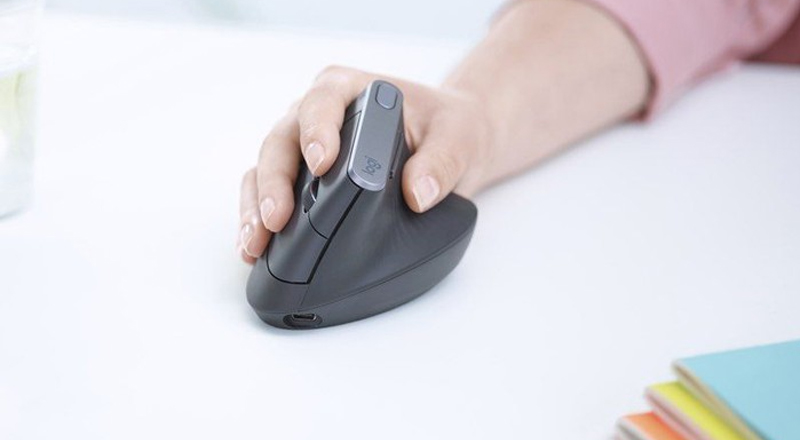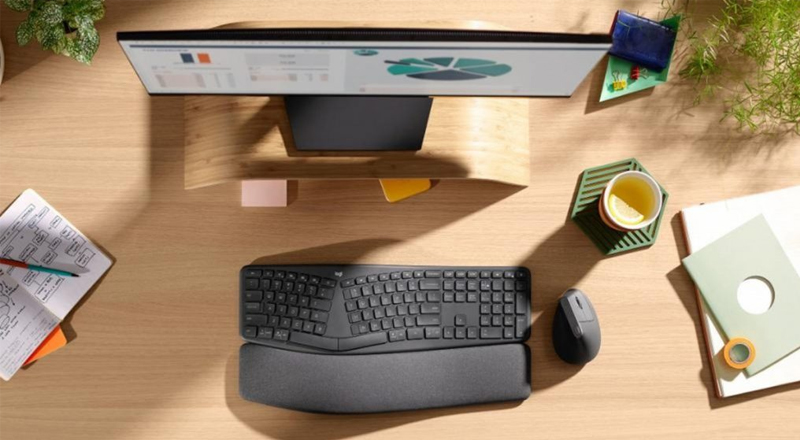1 What is Ergonomics?
Ergonomics is a branch of science that aims to study human capabilities and limitations, and then apply this knowledge to improve the interaction between humans and products, systems, and environments, with the goal of increasing efficiency, productivity, and reducing discomfort. It is considered a key factor in the success of a product.

For example, let’s consider the computer mouse you’re holding in your hand. Have you ever wondered why it fits so perfectly in your palm? Why you can use it for hours without feeling sore or tired? Or why it’s that particular color and not some other shade? All of these are the result of careful ergonomic design, creating an incredibly comfortable and seamless user experience.
2 Why is Ergonomics So Important?
When things are done incorrectly, or when products are designed without adhering to ergonomic standards, it can negatively impact the nervous and muscular systems, leading to musculoskeletal disorders. This can have serious consequences for the health of technology users and reduce their overall work or study efficiency. To prevent these issues, manufacturers are paying close attention to design and functionality, applying ergonomic principles to create products that truly work for the user.

3 What Does Ergonomics Study?
To achieve the best practical design, ergonomists utilize data and techniques from a range of fields:
- Anthropometrics: Body size, shape, population, and variations.
- Biomechanics: Muscles, levers, endurance, and strength.
- Environmental Physics: Noise, light, heat, cold, radiation, and vibration.
- Psychology: Skills, learning, errors, and differences.
- Social Psychology: Groups, communication, learning, and behavior.
To create products that truly fit the user, these elements must be carefully considered and incorporated into the design.

4 Applications of Ergonomics in Technology Product Design
Ergonomics is already being widely applied in the design of today’s technology products to ensure the most comfortable user experience and enhance creativity and productivity. This includes studying grip and movement for mouse design, researching the best laptop opening and closing mechanisms, optimizing the placement of speakers, charging ports, and connection ports, and determining the ideal location for fingerprint security sensors.

With this information, Dien May Xanh hopes to have provided you with useful insights into ergonomics. We look forward to connecting with you in our next article.






































